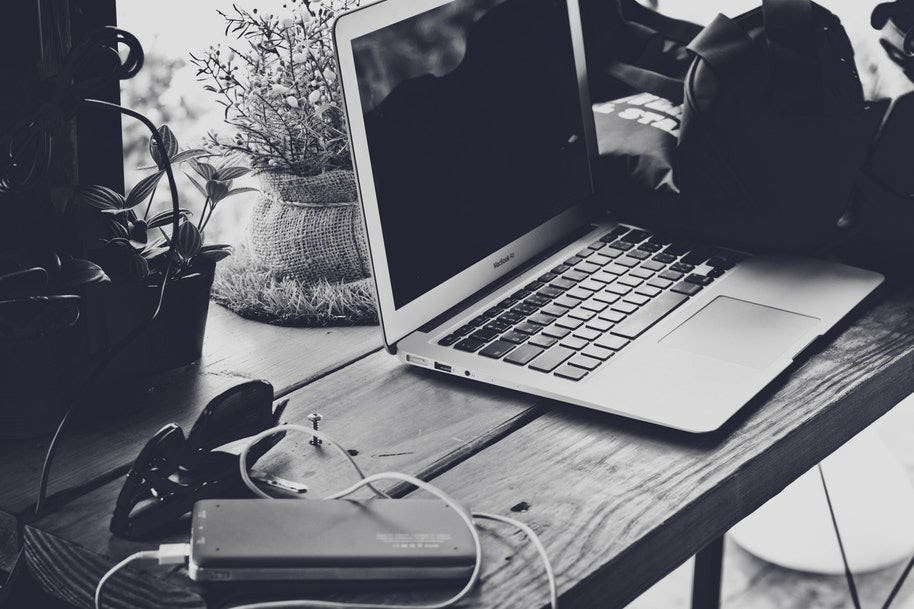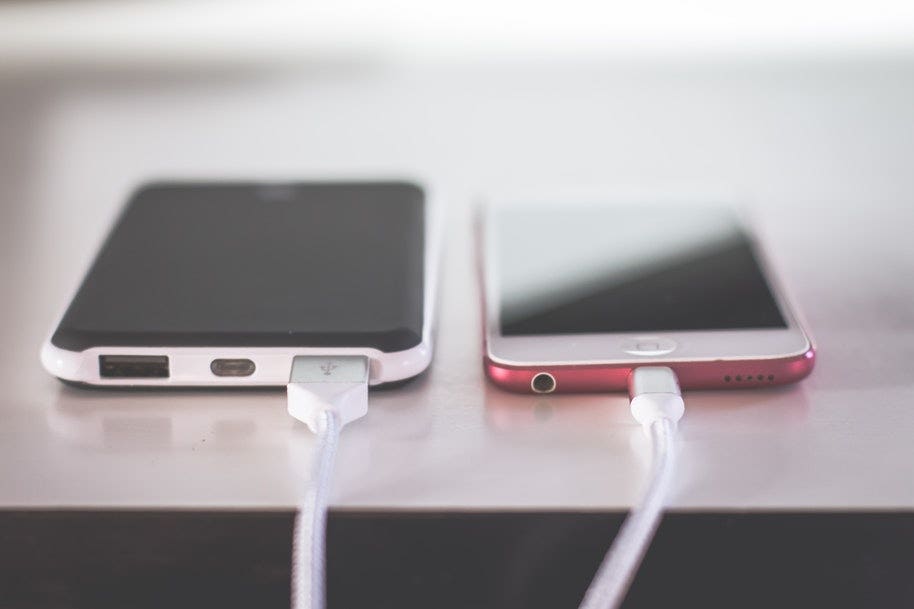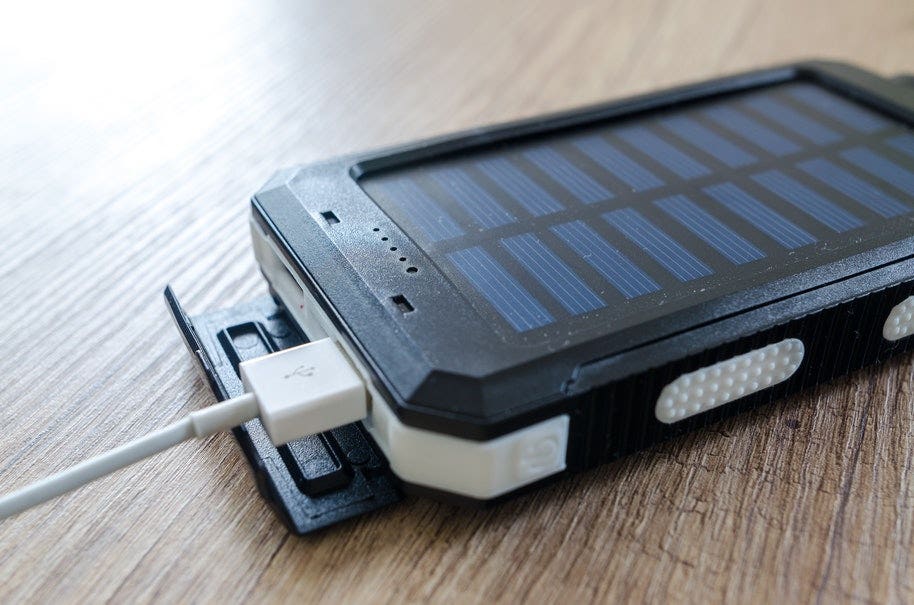
With improvements in technology, we use our devices more than ever before. Our phones help us to navigate, share our adventures, listen to music, take photos, and so much more. Our tablets enable us to watch Netflix and shop online.
Sometimes, our gadgets just can’t keep up with us. And when that happens, the batteries fail us – usually when we need our devices the most.
That’s where power banks come in handy. Power banks, also called portable chargers or external batteries, are designed to store energy. Throw one in your bag when you head out and connect it to your device to recharge on the go.

Portable chargers or power banks range in sizes and capacities, which makes them capable of charging anything from mobile phones and tablets to GoPros, cameras, and even laptops.
But the different features make it difficult to know what power bank is right for you when you’re want to buy one. In this post, we’ll help you understand power banks so you’re better equipped to buy the best charger for your needs.
Charging your power bank
To use your power bank, you have to first plug it into a computer, laptop, or wall socket to recharge. Most power banks use either a mini or a micro-USB cable to recharge and a USB port to discharge.
How long it takes to charge your power bank depends on the size of its battery. As with any battery, the larger your power bank battery capacity, the longer it will take to charge. If you’re in a hurry, your power bank should recharge faster from a wall socket than a laptop.
When you’re ready to charge up your device with your power bank, you simply connect them, typically with a USB to micro-USB cable.

It’s best not to wait until your device is blinking on 1% battery before you recharge. Power banks work harder and are less efficient when they have to recharge from scratch.
In fact, it's the same at the other end of the spectrum too. Your power bank works harder to finish a full charge. So it’s best to recharge your device from 20% to 90% than it is from 5% to 100%, which demands far more power.
Power bank mAh capacity explained
Perhaps the most confusing thing you’ll encounter when shopping for a power bank is the capacity rating.
Power banks come with a figure that can range from 1500 mAh to 10,000 mAh and beyond. These mAh ratings stand for milliAmpere hour and measure the capacity of your charger’s battery. The higher the number, the larger the battery.
You need to have a power bank that matches, or is higher than, the battery capacity of the device you intend to recharge.
For example, if your phone battery is 1500 mAh, a power bank with a 2500 mAh rating can recharge your phone from 0% to 100% easily.
If your phone battery is 3000 mAh and you only have a power bank with 2500 mAh, you won’t be able to charge your device fully.
On the other hand, if you have a 1500 mAh phone battery and a 3000 mAh power bank, you could recharge your phone twice before you have to recharge the power bank.
Here's a good guideline for what you can charge with difference capacities:
- 2000 mAh can fully charge a mobile phone once or charge a tablet to about 25%.
- 5200 mAh can fully charge a mobile phone twice or charge a tablet to about 50%.
- 10000 mAh can fully charge a mobile phone four times or fully charge a tablet at least once.
It’s important to note that when you’re transferring power, there is always a bit of energy loss due to resistance. This means that most power banks can’t actually transfer 100% of their stated capacity.
This is why most power banks also come with an efficiency rating, which calculates the percentage of power that can be transferred. The industry standard sits between 80% and 90% efficiency.
Go for good quality, shorter cables to lower resistance and can improve your charge efficiency.
What type of power bank do you need?

Now you understand a little more about power banks, here are some questions to answer to ensure you get the best charger for your needs:
- How many times do you want to recharge your devices before you have to recharge the power bank? The more times, the higher the mAh should be.
- How large is the battery in the device you want to recharge? The larger the device, the larger your power bank’s capacity (in mAh) needs to be.
- How many outputs do you need? One output means you can recharge one device while two ports allow you to recharge two devices simultaneously.
- Is the connection port compatible with your devices?
- How big or small do you want your power bank to be? More compact chargers are great for backpackers and hikers.
- What is your budget? More expensive power banks are generally higher quality and longer lasting than cheaper chargers.
Ready to buy? Browse our range of power banks in a variety of capacities, sizes, and colours online at Camera House today!
